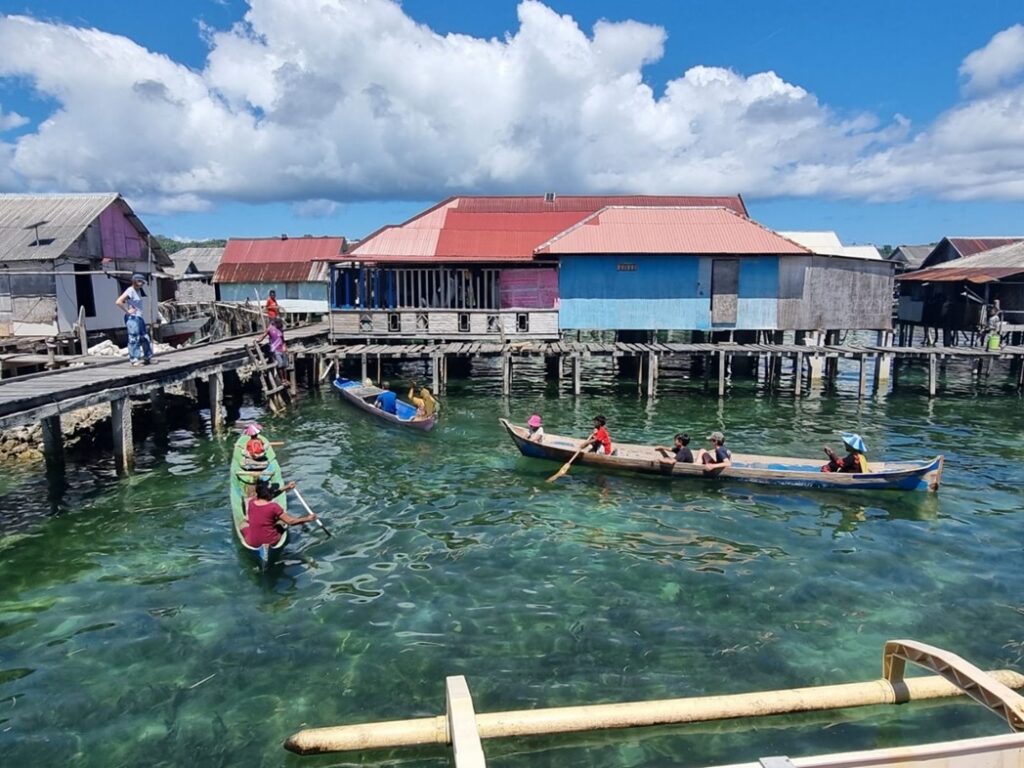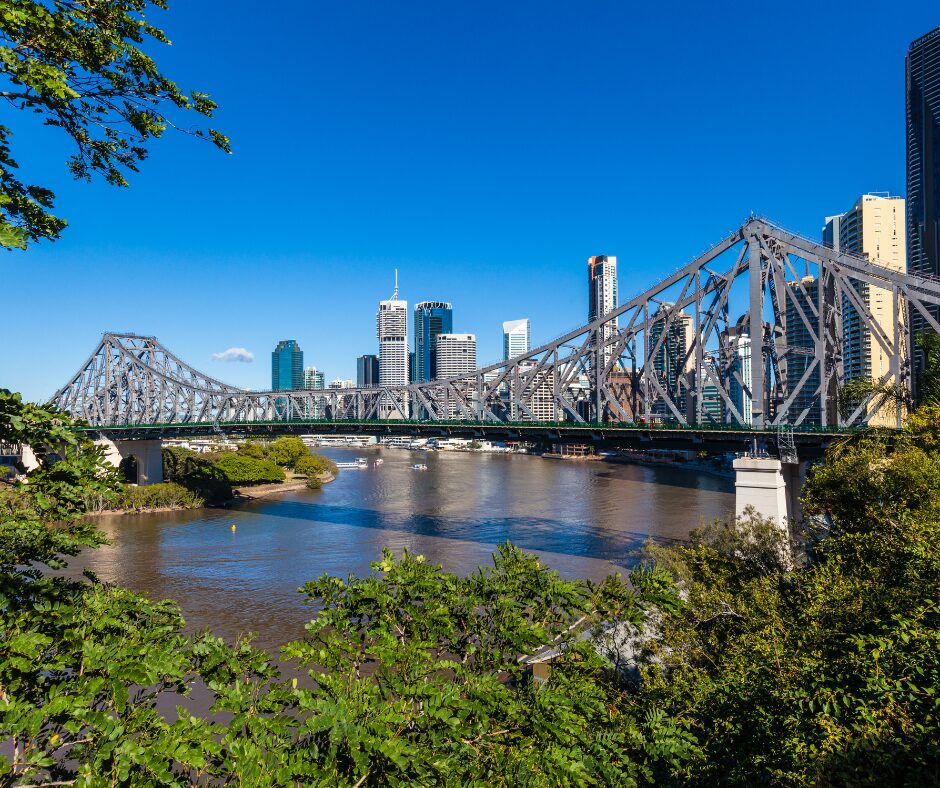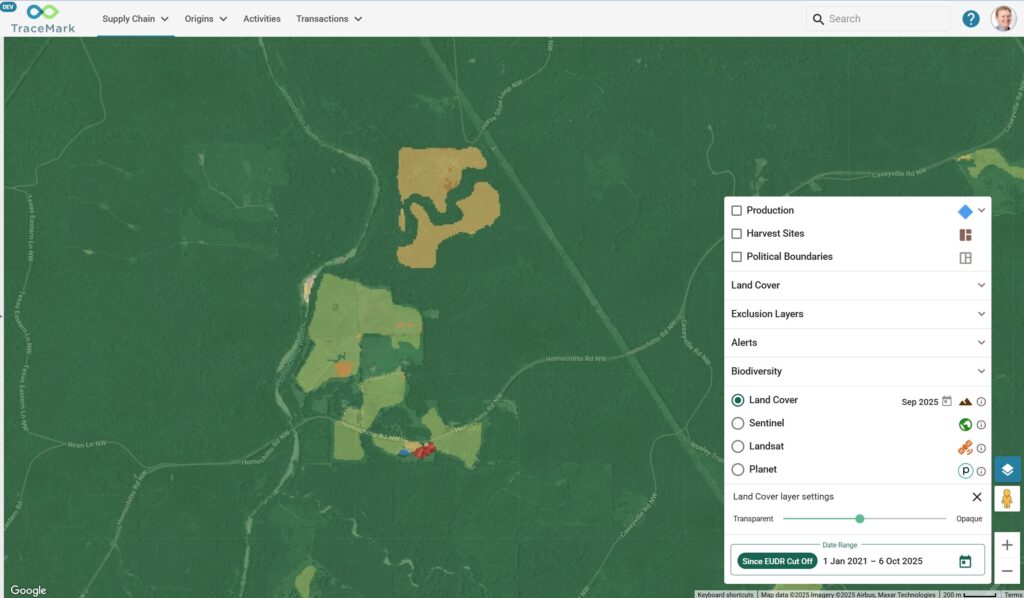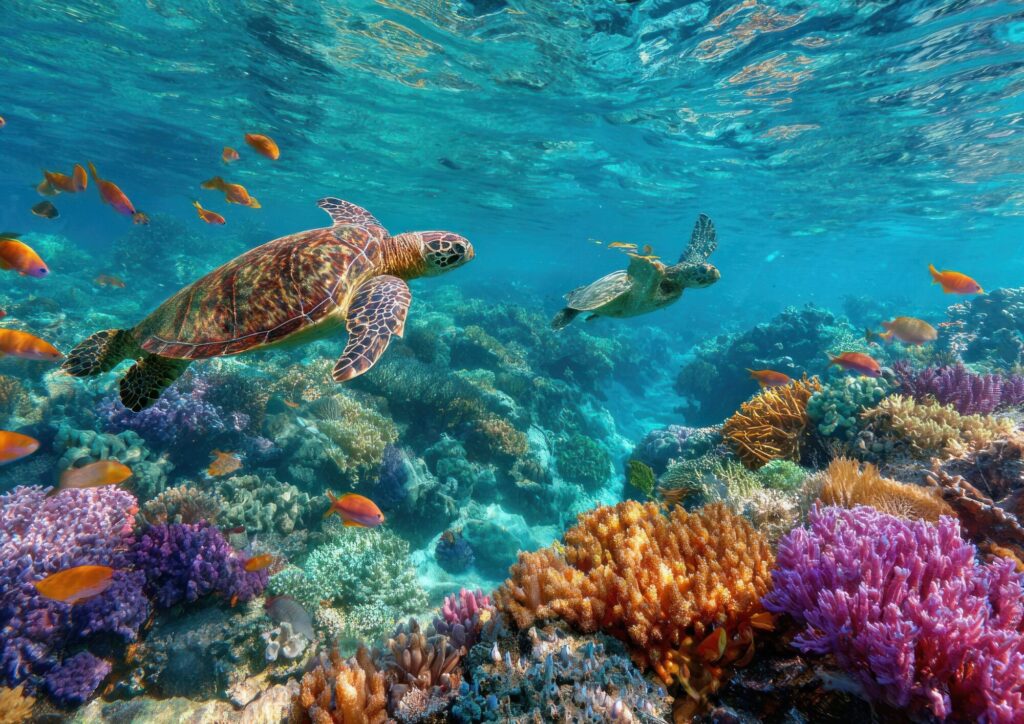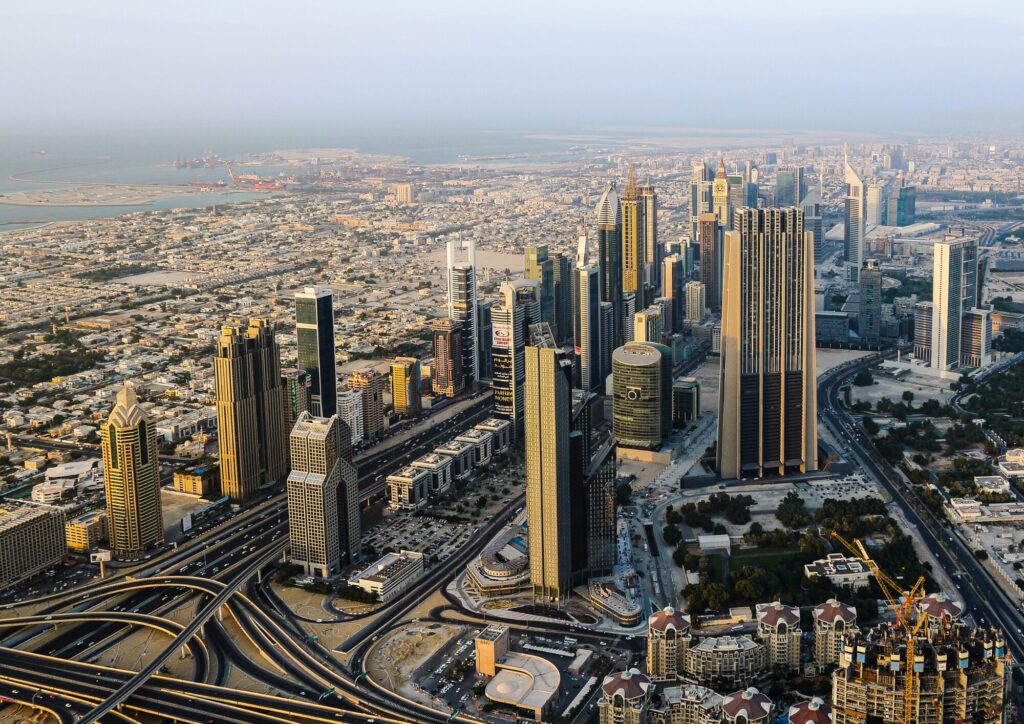Training in Greenland and Maldives
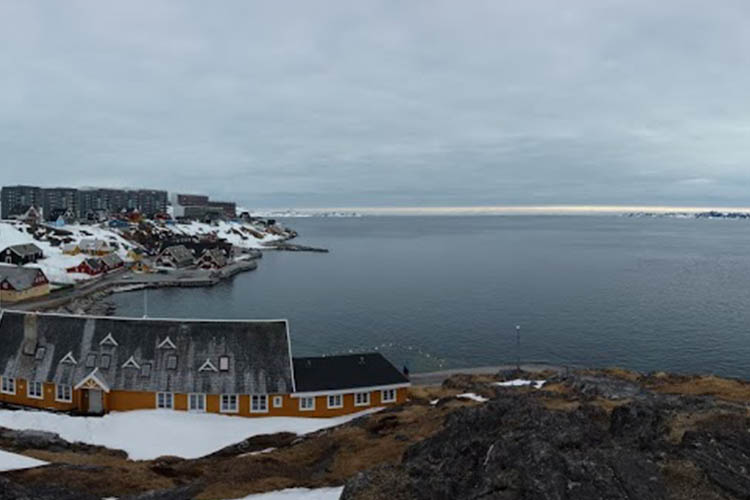
Greenland Training
Tracy recently had the opportunity to deliver GIS training at the end of the world or the start of the world depending on which view you take. Greenland is a magical place with a purity that is simple found nowhere else. The training was delivered in June during twilight when there were almost 24 hours of daylight!
We trained around 10 people from the Government of Greenland of whom 80% were Inuit Greenlandic and 20% Danish over a period of 2 weeks. Our setting was at the University of Greenland and the topic was Data in ArcGIS & Google Earth. The data infrastructure put in place was going to be used by businesses and the public. Many of the attendees were geologists who wanted to use the data for field trips, collect the data and make sure the quality of the data was correct. There many types of data such as minerals, petroleum and mining. Our training was designed to teach the attendees how they set up their data, use the system and best practices of how to work together as a team to manage & use the system.
Here are some incredible photos from the trip.
GIS Training in Maldives
In January & May, we made two different trips as part of an AUSAid funded project to Maldives. It was a beautiful part of the world so we were lucky to have a reason to visit!
The Government of Maldives had just implemented their National GIS system. We provided GIS & remote sensing training workshops and advice to participants from different government agencies such as fisheries, environment, land and survey authority, department of national planning and many others. We trained 50 – 60 individuals across 10 sessions ranging from environmental scientists to planners, surveyors and researchers.
Tracy, our Training Manager says “The training experience was very positive as we worked with an engaged, captive audience who were eager to learn and had many questions. The love for their environment clearly came across and it was very impressive.”
Related Articles
Here are more related articles you may be interested in.

